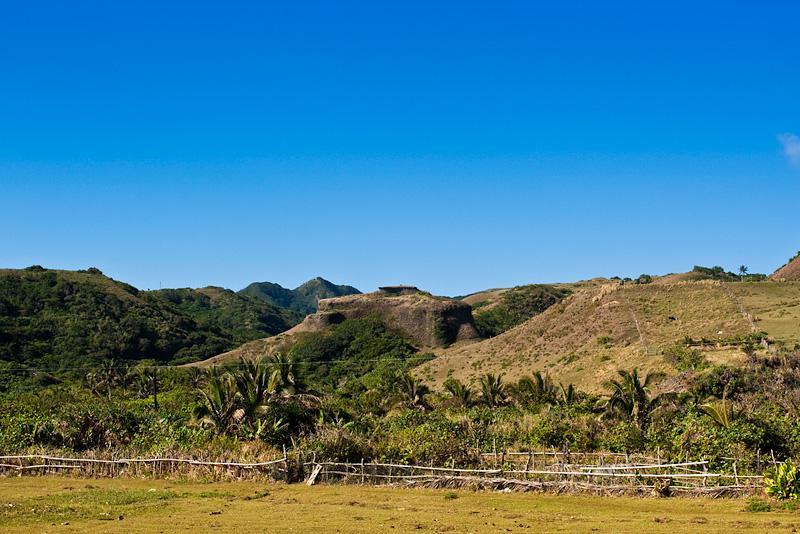
Ask a typical Filipino if he knows any pre-Hispanic tourist site in the Philippines and he would readily answer “Banaue Rice Terraces”. Often it seems that the ijangs of Batanes don’t bask under the spotlight like the other more popular destinations, but for archaeologists and archaeology enthusiasts, these are natural havens.
One reason why ijangs are not very well known is that they are located in a very remote area. Batanes is a group of islands at the northernmost part of the country; it is even closer to Taiwan than to mainland Luzon. Also, the place is frequently visited by typhoons all year round because it is very exposed to the Pacific Ocean where majority of these typhoons build up. Due to this, it is difficult for tourists to make definite travel plans. Lastly, there are very few materials about ijangs found in popular media and studies about them are still ongoing. Most of the information about them can only be obtained in libraries and archaeological museums, and admittedly, these academic places are not frequented by tourists.
Nonetheless, ijangs are must-see features of Batanes, having a rich histoculture and panoramic views. Here are some information about these wonderful sites:
What are ijangs?
Basically, ijangs are citadels built on mountaintops, as you can already guess from the title. These are made approximately 4,000 years ago, the time of Austronesian migration to northern Philippines. Pre-Hispanic Ivatans, the indigenous dwellers of the Batanes Group of Islands, shaped and carved the mountains to accommodate their population’s needs.
What were their uses?
Ijangs were primarily used as fortifications and settlements. Early civilizations in Batanes were characterized by frequent wars among different villages, so settlers sought refuge in these strongholds when they were attacked by enemies. Some of these fights would last for a long period of time, requiring the inhabitants to make their own dwellings on the mountaintops. Aside from internal conflicts between tribes, it is also theorized that outside threats were one of the reasons why ijangs were built. There were several pirates and raiders during the peak of the migration wave and near-sea residents needed fortifications to protect their land and possessions. Lastly, ijangs served as shelters from strong winds and heavy rains, as their weather has always been affected by the Pacific Ocean’s frequent typhoons.
Are they still inhabited today?
Not anymore. It is speculated that villagers moved to lowlands and coastal areas at the time of Spanish occupation. Spaniards took governance of these tribes, thus eliminating outside threats and internal conflicts. Churches became the center of the community instead of the mountain castles. The ijangs lost their purpose and the people abandoned them eventually.
Where can I find them in Batanes?
There are several ijangs in the islands of Batan, Sabtang, Ivuhos and Itbayat. Some of them are the Itbud Ijang, Ivana Ijang, Chuhangin Ijang, and Savidug Ijang.
What are the things found in these fortresses?
There are lots of artifacts found in the ijangs – earthenware vessels, glass beads, jar burials, ceramics, and stone tools, to name a few. Also, stone posts and drill holes can be seen on the sites, proving that houses were once built there. There are a lot of stone fortifications surrounding the ijangs, which supports local stories that these stones were hurled onto attackers and enemies, serving as the primary ammunitions of the people.
----
The ijangs are amazing places that can truly spike your interest. They are valuable in discerning the historic and cultural past of the Filipinos. Like the Banaue Rice Terraces, they are living examples of an ancient community working together to achieve a united goal. Upon visiting these sites, you will get two major satisfactions – one for your eyes and the other for your mind.










